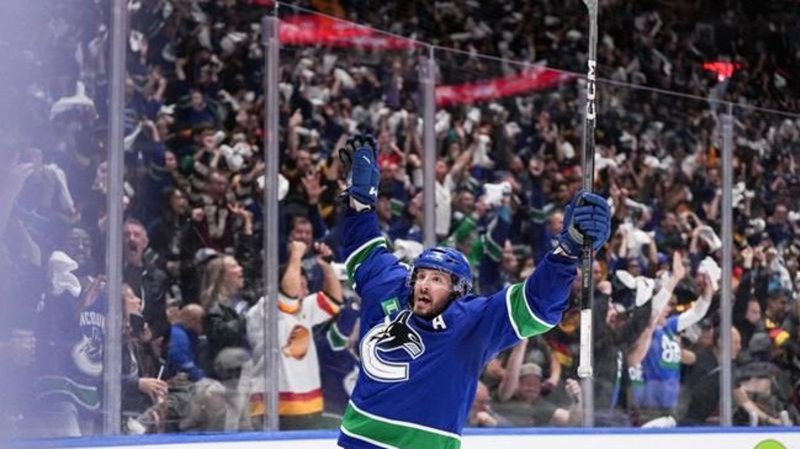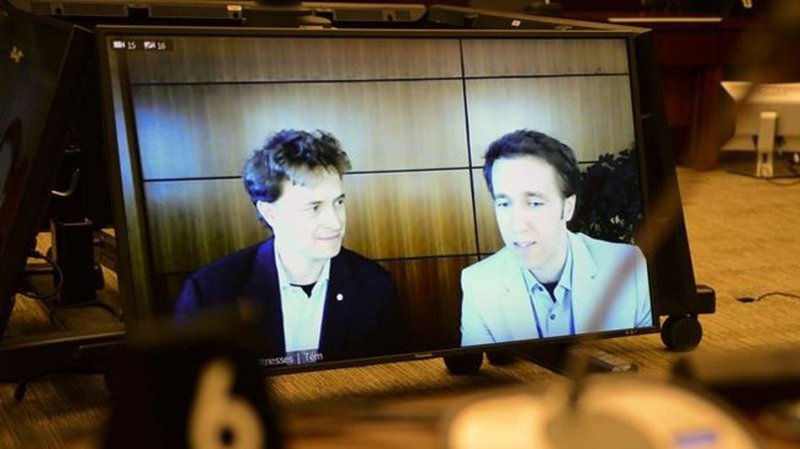
New Rogers Centre dimensions following renovations have changed how it plays
TORONTO — Daulton Varsho loves to go all out when tracking down a fly ball but the new smaller foul areas at Rogers Centre have him being a little more cautious.
The Toronto Blue Jays completed the second phase of $400 million renovations to their downtown ballpark in the off-season, with the changes designed to improve the fan and player experience as the stadium becomes a baseball-specific venue. But the renovations altered the field’s dimensions, with 2023’s Phase 1 bringing in the outfield walls and making them higher and then the foul areas were shrunk ahead of this season as part of Phase 2.
Part of shrinking the foul territory was building higher walls in the outfield parallel to the first- and third-base lines.
“It’s a little dangerous just because you have to know if you’re gonna go into that wall how to collide with it,” said Varsho, who typically plays in left field. “It happened to me the other day where if you go into the wall with your feet, there’s a good chance of spraining your ankle or hitting a really bad spot


